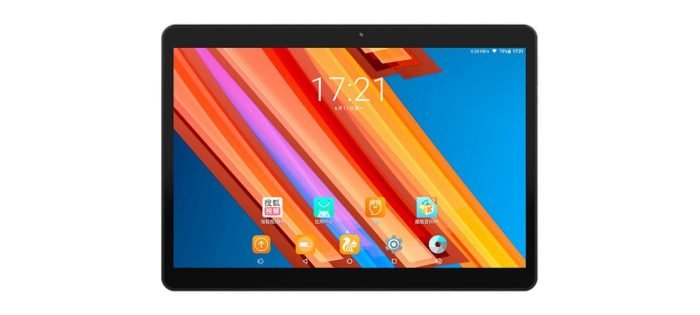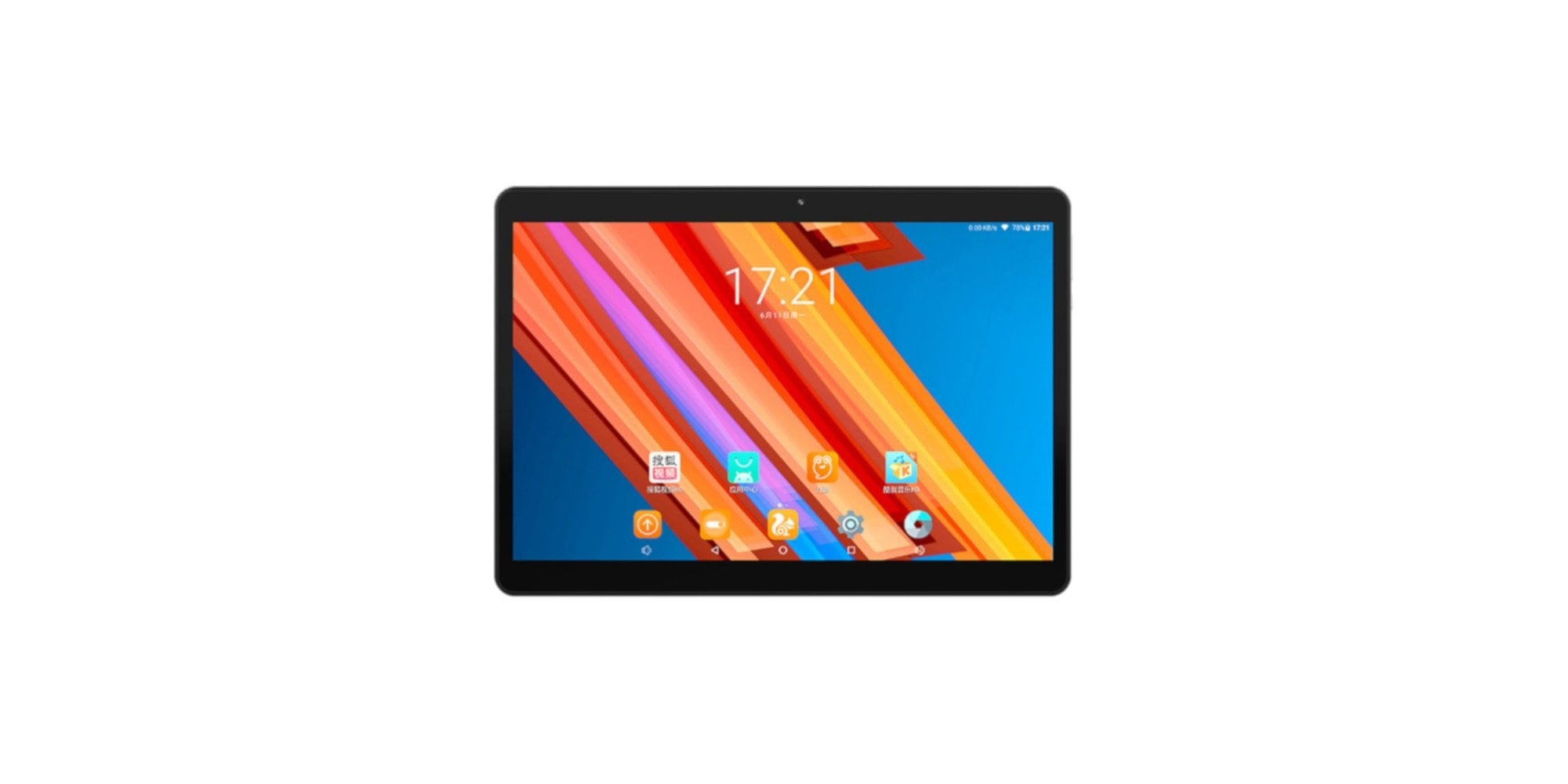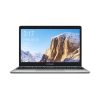Teclast M20
Design and display
The Teclast M20 and the one we recently tested Chuwi Hi9 Air are not only very similar in terms of hardware, but also optically. The M20 uses a slim unibody case with dimensions of 23.90 x 16.70 x 0.80 cm. The decisive factor for a unibody design is the manufacture of the housing from one piece, in this case aluminum. The total weight of the tablet is 553g.

The rear main camera is surrounded by a narrow plastic cover, behind which the antennas of the tablet run. Part of the cover is removable. Behind it are the dual SIM slots and the microSD memory card slot. Further connection options are a microUSB socket and a 3.5 mm jack audio output.

The display is of type IPS and has a diagonal of 10.1 inches with a resolution of 2560 x 1600 pixels. The panel is manufactured by Sharp. Due to the "full lamination" production of the panel, the LCD, the touchscreen and the protective glass are not glued together in multiple layers, but rather form a unit. The advantages are an overall more compact panel with higher color intensity and better light transmission. Multitouch is possible with up to 10 simultaneous entries.
Processor and memory
The system-on-chip (SoC) is a MediaTek MTK6797, better known as the MediaTek Helio X20. The SoC, which was released in early 2016, was mainly designed for smartphones.

Essential components of the system-on-chip include a CPU with 10 processor cores, which are divided into 3 clusters, and an ARM Mali-T880 MP4 GPU. The CPU clusters are divided into a high-performance cluster (2x Cortex A72 - 2.3 GHz), a performance cluster (4x Cortex A53 - 1.85 GHz) and a power-saving cluster (4x Cortex A53 - 1.4 GHz). The GPU clocks at up to 780 MHz. The memory equipment is 4GB DDR3L RAM and 64GB eMMC5.1 data storage. Memory expansion using a MicroSD memory card is possible.
Experience has shown that with the Helio X20 SoC a largely fluent everyday operation should be possible. Even with one or the other mobile game, the SoC gets along. To what extent Teclast has adapted the Android system to the chip, however, will have to show. Here showed the similarly equipped Chuwi Hi9 Air significant weaknesses, which is why it came in the test more often to hangers and even total crashes. A noteworthy difference of the Teclast M20 to the Chuwi Hi9 Air is the RAM type. Teclast relies on slower DDR3L RAM, whereas Chuwi uses faster LPDDR4 RAM.
Connectivity, battery and others
The tablet is dual SIM compatible and supports 2G, 3G and 4G cellular networks. However, the LTE bands 7 and 20 commonly used in Germany are not supported! Only LTE band 3 is available. Here is an overview of the frequencies and bands:
- GSM 850 / 900 / 1800 / 1900 MHz
- CDMA: CDMA800 BC0
- WCDMA: 2100 (B1) / 1900 (B2) / 850 (B5) / 900 (B8) MHz
- TD-SCDMA: B34 / B39
- LTE: 2100 (B1) / 1900 (B2) / 1800 (B3) / 850 (B5) / 900 (B8) / 2600 (B38) / 1900 (B39) / 2300 (B40) / 2500 (B41) MHz

For a connection to the home network, the Teclast M20 is equipped with a dual AC WiFi module. Bluetooth is available in version 4.2. There are also two cameras on board. A 5 megapixel main camera enables one or the other snapshot, the 2 megapixel front camera is suitable for video telephony. A microphone is available. Precise positioning is possible thanks to GPS. Teclast specifies the capacity of the battery as 6600 mAh. The battery life is between 6 and 8 hours, depending on use.
First impression
On the data sheet, the Teclast M20 does not do quite as well as the competition from Chuwi. Although a similar configuration is offered from the display to the system-on-chip used, there are minor weaknesses in the details. For example, Teclast does not use LPDDR4 RAM, but slower DDR3L RAM. There is a significant difference in the supported mobile radio frequencies. The Hi9 Air is better equipped for use in the local LTE network (LTE bands 3, 7, (8) and 20)!





